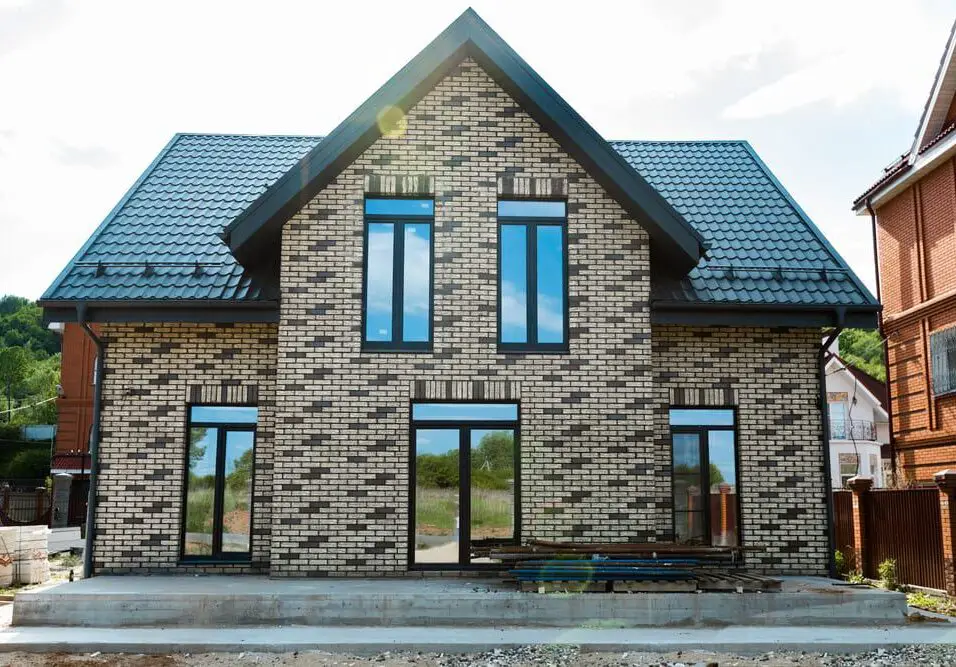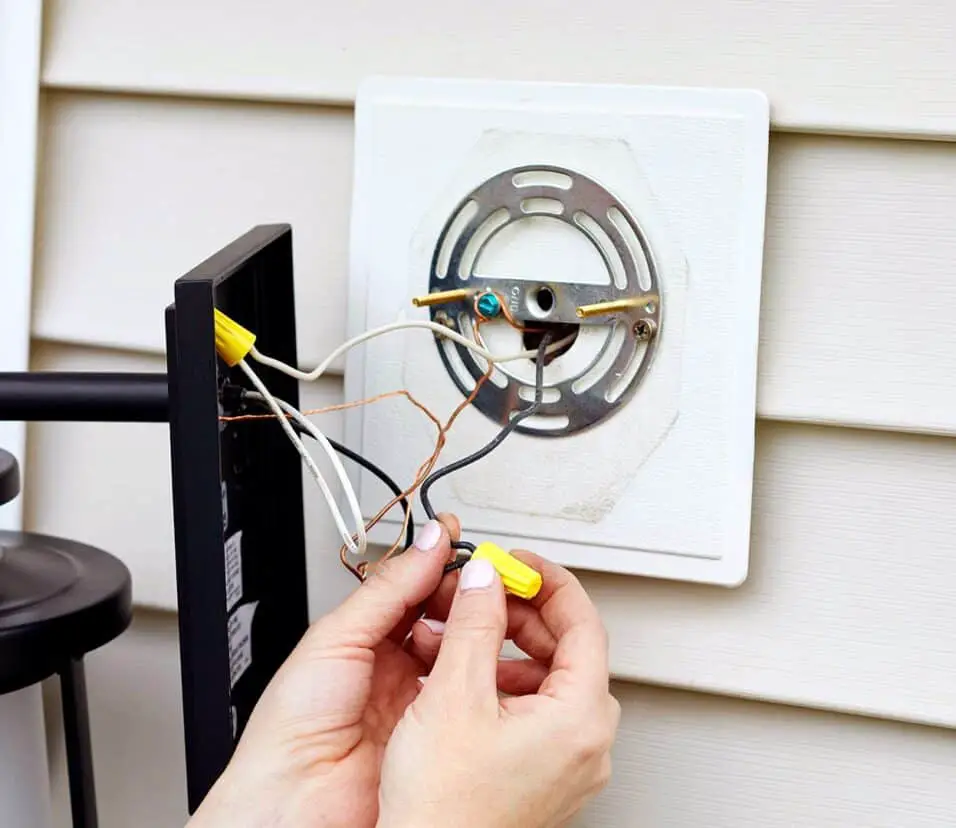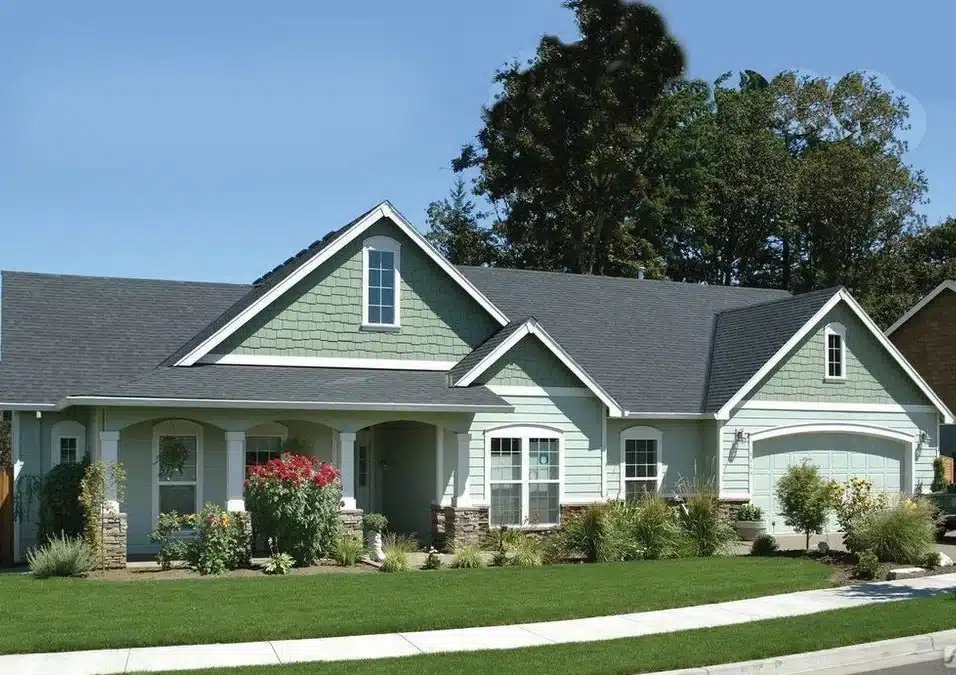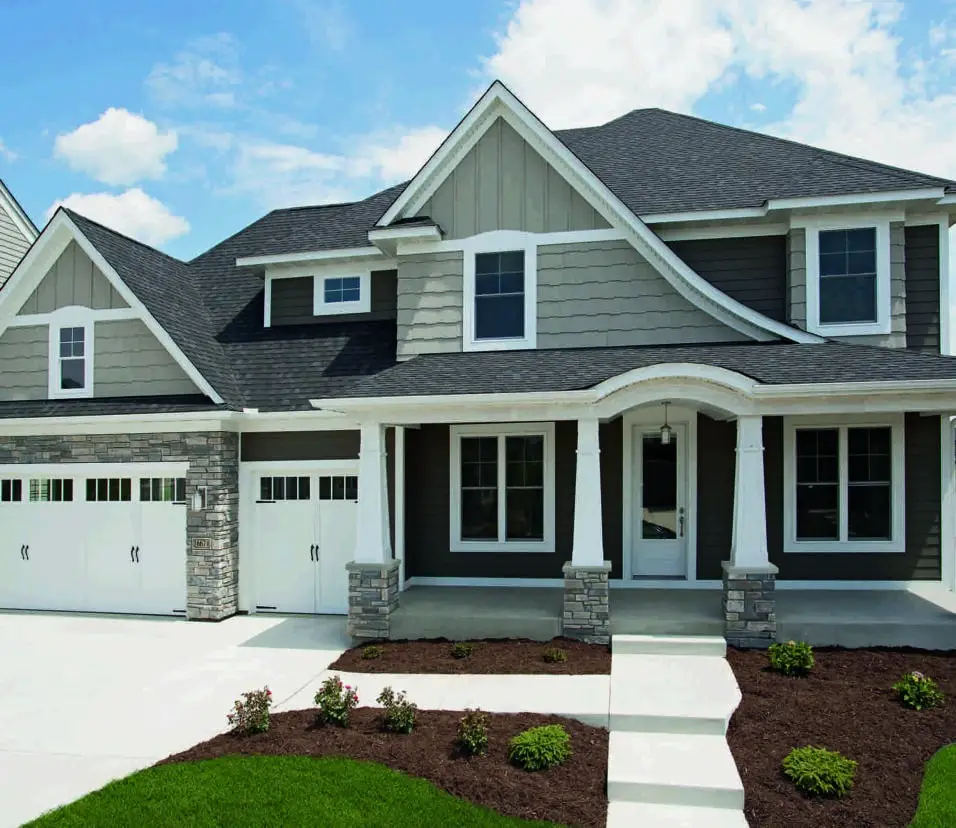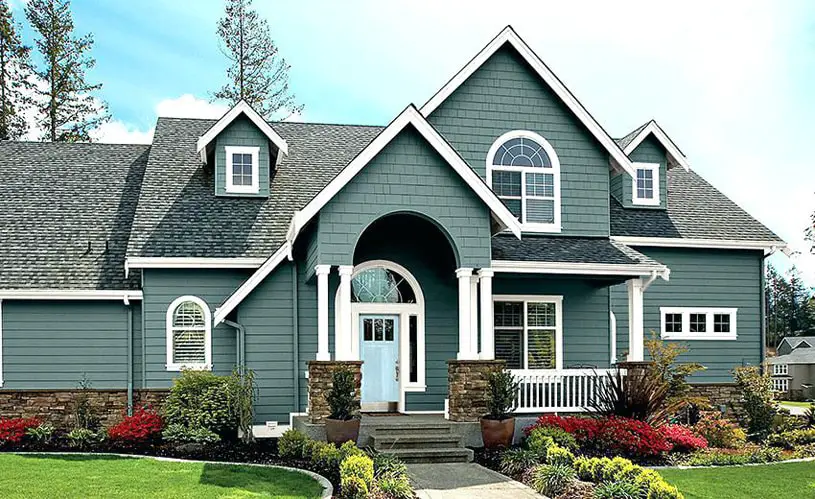What Sheen For Exterior Paint
Introduction
What Sheen For Exterior Paint: Choosing the right sheen for exterior paint is an important decision that can greatly impact the overall look and durability of your home. The sheen of paint refers to the level of glossiness or shine that the paint has once it dries. There are several different sheen options available for exterior paint, each with its own unique characteristics and benefits.
One of the most common sheen options for exterior paint is flat or matte. This sheen has a low level of glossiness and provides a smooth, non-reflective finish. However, it is important to note that flat paint is not as durable as other sheen options and may require more frequent touch-ups or repainting.
If you are looking for a slightly more durable option, satin or eggshell sheen may be a good choice. Satin paint has a subtle sheen that is slightly more reflective than flat paint, while eggshell paint has a slightly higher level of glossiness. Both satin and eggshell sheens are popular choices for exterior trim and doors because they provide a smooth, easy-to-clean surface that is resistant to moisture and stains.
For those who prefer a high-gloss finish, semi-gloss or gloss sheen may be the best option. These sheens have a high level of shine and provide a sleek, polished look to exterior surfaces. However, it is important to note that these sheens tend to highlight imperfections and may require more surface preparation before painting.
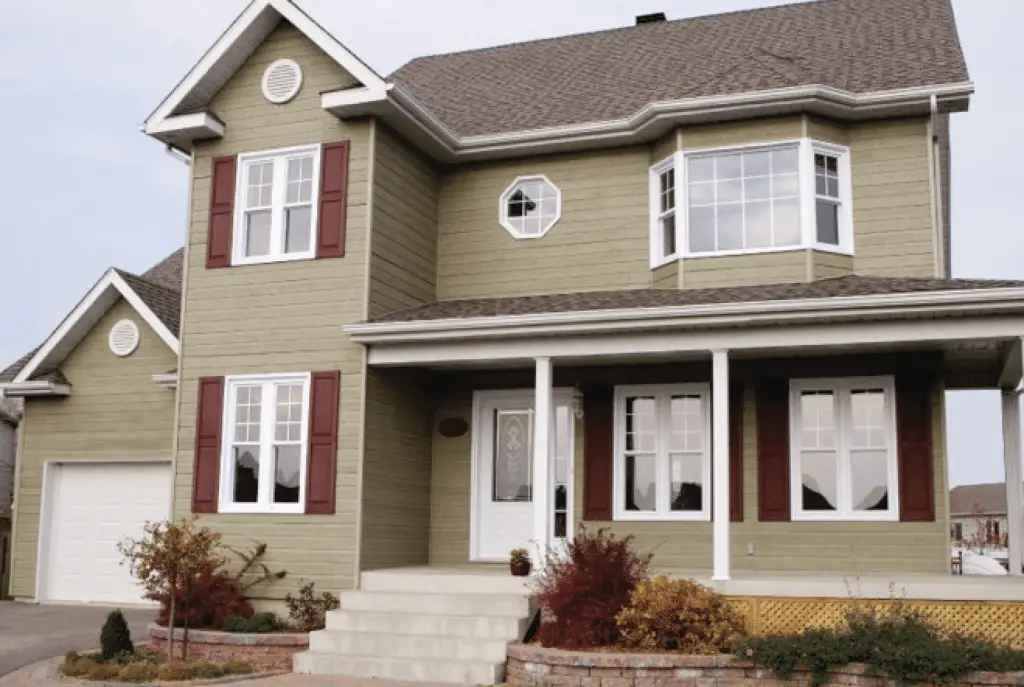
What sheen is most popular for exterior paint?
Satin. Satin paints are taking over glossier finishes as the go-to choice for exterior paint sheens. With modern moisture-resistant, durable formulas widely available, satin paints offer lots of bonuses.
When it comes to choosing the right exterior paint for your home, one important factor to consider is the sheen. The sheen of a paint refers to the level of glossiness or shine it has once it dries. Different sheens offer different benefits and can greatly impact the overall look and durability of your exterior paint job. So, what sheen is most popular for exterior paint?
The most popular sheen for exterior paint is typically a satin or semi-gloss finish. Satin finishes have a low to medium level of shine, while semi-gloss finishes have a higher level of shine. Both of these sheens are popular choices for exterior paint because they offer a good balance of durability and aesthetics.
Satin finishes are often preferred for exterior paint because they provide a smooth and subtle shine that is not too glossy. This sheen is great for hiding imperfections on the surface of your home, such as small cracks or blemishes. Satin finishes also tend to be more resistant to dirt and mildew, making them easier to clean and maintain.
This sheen is more resistant to moisture, making it a great choice for homes in areas with high humidity or frequent rain. Semi-gloss finishes are also easier to clean, as the smooth surface allows dirt and grime to be wiped away more easily.
Ultimately, the choice between a satin or semi-gloss finish for your exterior paint will depend on your personal preference and the specific needs of your home. It’s always a good idea to consult with a professional painter or paint supplier to determine the best sheen for your project.
How do I choose a sheen for exterior paint?
Determine the sheen based on the surface you are painting. TIP: Lower sheen paints are often chosen for the body of the house, while higher sheen paints are often used for trim, doors, and accents.
Choosing the right sheen for exterior paint is an important decision that can greatly impact the overall look and durability of your home’s exterior. However, by considering factors such as the type of surface, weather conditions, and desired aesthetic, you can make an informed decision that will result in a beautiful and long-lasting finish.
Firstly, it is important to understand the different sheen options available for exterior paint. Sheen refers to the level of shine or glossiness in the paint finish. The most common sheen options for exterior paint include flat, satin, semi-gloss, and high-gloss. Each sheen has its own unique characteristics and benefits.
Flat sheen is the least shiny option and provides a matte finish.
It is ideal for hiding imperfections on the surface and is often used on siding or stucco. However, it is important to note that flat sheen is more prone to dirt and stains and may require more frequent cleaning and maintenance.
Satin sheen offers a slightly higher level of shine and is a popular choice for exterior trim, doors, and shutters. It provides a smooth and durable finish that is easy to clean and maintain. Satin sheen strikes a good balance between hiding imperfections and providing a subtle sheen.
Semi-gloss sheen is a step up from satin and offers a higher level of shine. Semi-gloss sheen is easy to clean and provides a sleek and polished look.
Should exterior paint be low sheen?
Low Sheen is a great option for cladding or render walls in a low-reflective finish that has a slight sheen which hides imperfections and has great cleanability. Wattyl Solagard Low Sheen’s gloss level provides the best balance between appearance, dirt resistance and flexibility for greater protection.
When it comes to choosing the right exterior paint for your home, one of the factors to consider is the sheen level. Sheen refers to the level of glossiness or shine that a paint finish has. There are various sheen levels available, ranging from high gloss to flat. One common question that homeowners often ask is whether exterior paint should be low sheen.
There are several reasons why low sheen exterior paint may be a good choice for your home.
Firstly, low sheen paint tends to have a more subtle and understated appearance compared to high gloss paint. This can be particularly beneficial if you prefer a more muted and natural look for your home’s exterior. Low sheen paint can help to create a more harmonious and cohesive overall aesthetic.
Additionally, low sheen paint is often more forgiving when it comes to imperfections on the surface of your home. High gloss paint tends to highlight any flaws or unevenness, whereas low sheen paint can help to mask these imperfections. This can be especially important if your home has an older or weathered exterior that may have some wear and tear.
Furthermore, low sheen paint is generally easier to maintain and clean compared to high gloss paint. High gloss paint can show dirt, dust, and stains more easily, requiring more frequent cleaning and maintenance.
It is important to note that the choice of sheen level ultimately depends on personal preference and the specific requirements of your home. While low sheen paint offers certain advantages, there may be instances where a higher sheen level is more suitable.
Which paint is best for exterior?
That said, oil-based paint is still ideal for certain exterior painting projects. Oil-based paints shrink less than latex and acrylic paints do, hold up in high-traffic areas and glide on smoothly. Oil-based paint dries to a smooth, hard surface and works well on porch floors, doors, trim and other small details.
When it comes to choosing the best paint for exterior surfaces, there are several factors to consider. The right paint can not only enhance the appearance of your home or building, but also protect it from the elements and extend its lifespan. With so many options available in the market, it can be overwhelming to make a decision. However, by understanding the different types of exterior paints and their properties, you can make an informed choice.
One of the most popular types of exterior paint is acrylic paint. Acrylic paint is known for its durability and resistance to fading, cracking, and peeling. It is also easy to clean and maintain, making it a great choice for homes and buildings in areas with harsh weather conditions. Acrylic paint is available in a wide range of colors and finishes, allowing you to achieve the desired look for your exterior surfaces.
Another option to consider is latex paint.
Latex paint is water-based and offers excellent adhesion and flexibility. It is also resistant to mildew and blistering, making it suitable for areas with high humidity. Latex paint is easy to apply and dries quickly, allowing you to complete your painting project in a shorter amount of time. It is available in a variety of finishes, including flat, satin, and semi-gloss.
If you are looking for a more traditional option, oil-based paint may be the best choice for your exterior surfaces. Oil-based paint provides a smooth and durable finish that can withstand harsh weather conditions. It is also resistant to stains and can be easily cleaned. However, oil-based paint takes longer to dry and has a strong odor, so proper ventilation is necessary during application.
Ultimately, the best paint for exterior surfaces depends on your specific needs and preferences. It is also important to choose a high-quality paint and follow the manufacturer’s instructions for application and maintenance to ensure long-lasting results.
Should exterior paint be lighter or darker?
Dark paint shows dirt more easily than creams and soft beiges, but bright white can look just as dirty. If you want exterior paint with minimal hassle, stick with a lighter neutral color such as beige, tan, or light grey.
When it comes to choosing the right exterior paint color for your home, one of the key decisions you’ll need to make is whether to go for a lighter or darker shade. This choice can have a significant impact on the overall look and feel of your home’s exterior. While there is no one-size-fits-all answer to this question, there are a few factors to consider that can help guide your decision.
One factor to consider is the architectural style of your home. Different architectural styles lend themselves to different color palettes. For example, if you have a traditional or colonial-style home, lighter shades such as whites, creams, or pastels may be more appropriate. On the other hand, if you have a modern or contemporary home, darker shades such as grays or deep blues can create a sleek and sophisticated look.
Another factor to consider is the size and shape of your home. Lighter colors tend to make a home appear larger and more spacious, while darker colors can make a home feel smaller and more intimate. If you have a small or narrow home, opting for a lighter shade can help create the illusion of more space. Conversely, if you have a large or sprawling home.
A darker shade can help add depth and visual interest.
The climate and location of your home can also play a role in your color choice. In hot and sunny climates, lighter colors can help reflect heat and keep your home cooler. On the other hand, in colder climates, darker colors can help absorb heat and keep your home warmer.
Ultimately, the decision between a lighter or darker exterior paint color comes down to personal preference and the specific characteristics of your home. It can be helpful to gather inspiration from other homes in your neighborhood or consult with a professional painter or designer who can provide expert advice. Remember, the right exterior paint color can enhance your home’s curb appeal and make a lasting impression, so take the time to choose a color that you love and that complements your home’s unique features.
There are several different types of sheen available for exterior paint, each offering its own unique characteristics and benefits. The most common types of sheen include flat, satin, semi-gloss, and high-gloss.
Flat sheen is the least reflective and has a matte finish. It is ideal for hiding imperfections on the surface and is commonly used on siding or stucco. However, it is not as durable as other sheens and may require more frequent touch-ups.
Satin sheen has a soft, pearl-like finish that offers a subtle shine. It is more durable than flat sheen and is often used on doors, trim, or shutters. Satin sheen is easy to clean and provides a good balance between durability and aesthetics.
How does the choice of sheen affect the appearance of exterior paint?
The choice of sheen can greatly affect the appearance of exterior paint. Different sheens reflect light differently, which can impact how colors appear and the overall visual effect of the paint job.
A flat sheen will absorb more light and create a more muted, matte appearance. This can be ideal for hiding surface imperfections or creating a more understated look. On the other hand, a high-gloss sheen will reflect more light and create a shiny, reflective surface. This can make colors appear more vibrant and can give a more polished, modern look to the exterior.
It’s important to consider the style and desired effect of the project when choosing a sheen. For example, a traditional or historic building may benefit from a satin or semi-gloss sheen, while a contemporary design may look best with a high-gloss sheen.
How does the choice of sheen affect the appearance of exterior paint?
The choice of sheen for exterior paint can have a significant impact on the overall appearance of a building. Sheen refers to the level of glossiness or shine that the paint finish has. There are several different types of sheen available for exterior paint, ranging from flat or matte to high gloss.
When it comes to the appearance of exterior paint, the sheen can affect how light is reflected off the surface. A flat or matte sheen will absorb more light, resulting in a more muted and subtle look. On the other hand, a high gloss sheen will reflect more light, creating a shiny and vibrant finish.
Additionally, the choice of sheen can also impact the durability and maintenance of the paint. Higher sheen finishes, such as semi-gloss or high gloss, tend to be more resistant to stains and easier to clean. However, they may also highlight imperfections on the surface more prominently.
Which sheen is recommended for high-traffic areas on the exterior of a building?
When it comes to high-traffic areas on the exterior of a building, it is important to choose a sheen that can withstand frequent use and potential damage. In such cases, a satin or semi-gloss sheen is highly recommended. These sheens offer a higher level of durability and are more resistant to scuffs, stains, and moisture compared to flat or matte finishes.
Satin sheen is a popular choice for high-traffic areas as it strikes a balance between durability and aesthetics. It provides a subtle shine that enhances the appearance of the paint while offering good resistance to wear and tear. Satin sheen is ideal for areas such as doors, trim, and windows that are frequently touched or exposed to moisture.
Semi-gloss sheen is another excellent option for high-traffic areas. It offers a higher level of durability and is particularly resistant to moisture, making it suitable for areas that are exposed to rain or snow. Semi-gloss sheen also provides a more noticeable shine, which can add a touch of elegance to the exterior of a building. It is commonly used for surfaces like railings, shutters, and outdoor furniture.
Are there any specific considerations to keep in mind when selecting a sheen for exterior paint in areas with extreme weather conditions?
When selecting a sheen for exterior paint in areas with extreme weather conditions, there are several important considerations to keep in mind. First and foremost, it is crucial to choose a sheen that offers excellent durability and resistance to the elements. This means opting for a high-quality paint with a strong protective finish that can withstand harsh weather conditions such as intense sunlight, heavy rain, snow, and extreme temperature fluctuations.
Another important consideration is the level of glossiness or shine that the sheen provides. These finishes not only offer enhanced durability but also provide better protection against moisture, UV rays, and other environmental factors that can cause paint to fade or deteriorate over time.
Can you provide any tips or guidelines for choosing the right sheen for exterior paint based on the desired outcome or specific project requirements?
When choosing the right sheen for exterior paint, it is important to consider the desired outcome and specific project requirements. One of the key factors to consider is the level of durability and maintenance required. For high-traffic areas or surfaces that are prone to wear and tear, a higher sheen such as semi-gloss or gloss is recommended. These sheens offer better resistance to stains, moisture, and abrasion, making them ideal for areas like doors, trim, and windows.
On the other hand, if you are looking for a more subtle and forgiving finish, a lower sheen such as satin or eggshell may be a better choice. These sheens provide a smooth and velvety appearance, while still offering some level of durability.
Additionally, it is important to consider the climate and weather conditions of the area where the paint will be applied. In areas with extreme weather conditions, such as high heat or frequent rain, a higher sheen may be more suitable as it provides better protection against moisture and UV rays. However, in areas with a more moderate climate, a lower sheen may be sufficient.
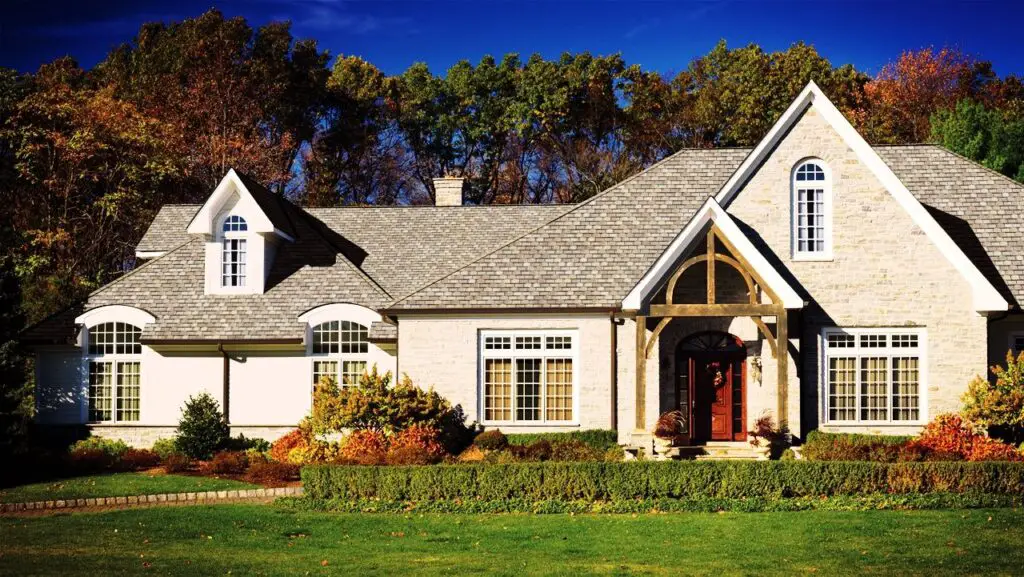
Conclusion
Choosing the right sheen for exterior paint is an important decision that can greatly impact the overall appearance and durability of your home. With a wide range of options available, it is crucial to consider factors such as weather conditions, surface texture, and personal preference when making this choice. By understanding the different sheen levels and their characteristics, homeowners can make an informed decision that will enhance the beauty and longevity of their exterior paint job.
Another important consideration is the texture of the surface you are painting. Smooth surfaces, such as stucco or metal, tend to reflect more light and can benefit from a higher sheen level to enhance their appearance. On the other hand, rough or uneven surfaces, such as wood or brick, may require a lower sheen level to help hide imperfections and create a more uniform finish. By taking into account the texture of the surface, you can choose a sheen that will complement and enhance the overall look of your home.
Ultimately, the choice of sheen exterior paint comes down to personal preference. Some homeowners may prefer a high-gloss sheen for its sleek and modern look, while others may prefer a more subtle and understated matte finish. It is important to consider your own style and the desired aesthetic of your home when making this decision. By carefully considering factors such as weather conditions, surface texture, and personal preference, homeowners can choose the right sheen for their exterior paint that will not only enhance the beauty of their home but also provide long-lasting protection against the elements.




